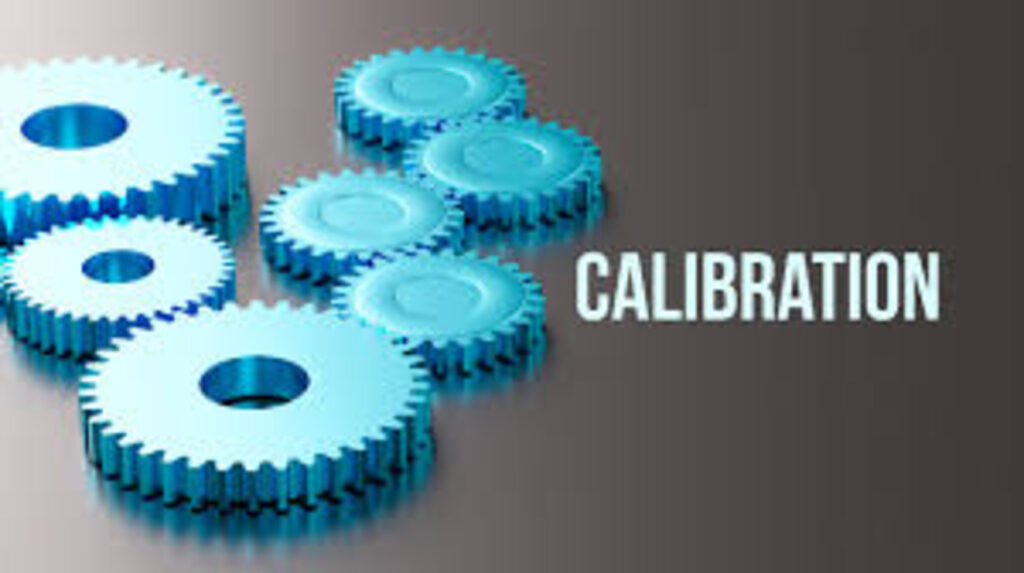Introduction
Kalibraatio is the Finnish term for “calibration,” and while the word may seem technical, its definition is straightforward: it involves verifying and modifying instruments or machinery to guarantee they provide precise results. We inhabit a world reliant on numerical data—be it the current temperature, the weight of ingredients for your meal, or the blood pressure measurement that a physician observes.
What is Calibration?
Accuracy enhances trust, reliability, and the acceptance of measurement outputs. Measurement error, which can be quantified and bounded within limits, and a benchmark calibration standard (baseline reference standard for accuracy), is a quantitative error. Thus, the benchmark calibration standard works optimally within its accuracy bounds.
From a broader perspective, any entity is entitled to expect outputs and reports as authentic and verifiable. Trust will only be built if the reports provided fall within accuracy thresholds. Accordingly, calibration precision in this context serves accuracy-defined engineering objectives and functions as a measurement system refinement to attain primary engineering goals.
Types of Calibration
-
Manual Calibration (MC)
MC is the adjustment of Measurement Control standards. It encompasses the processes wherein measurement tools are documented against test standards, and measurements are executed to benchmark standards. This step is documented in a technician’s log as a procedure performed in accordance with a predefined procedure within a defined system. -
Automatic Calibration
Automatic calibration or self-calibration is a modern approach pertaining to the adaptation of measurement devices, which re-adjust the device settings without physical manipulation, employing modern sensors, devices, and software algorithms. Self-calibration-capable devices utilize this type of technology. Such sensors work to enhance the effectiveness of self-maintenance tasks performed by the instruments. -
Standard Calibration
Standard calibration is conducted using a defined reference benchmark and through a pre-determined measuring interpretation of calibration. This calibration type provides assurance of operational functionality of the instrument, as measuring values within the interrelationships of the instrument are deemed accurate.
Importance of Calibration
-
Accuracy and Reliability
Accuracy and dependability pertaining to measurement refer to one of the primary components of calibration. -
Meeting All Requirements
Compliance differs from industry to industry. In the medical industry, compliance involves the calibration of a thermometer and a blood pressure monitor to FDA and ISO safety and accuracy certification standards. -
Cost Reductions
In the medical industry, compliance standards are viewed as business overhead and organizational spending. A logically justifiable balance exists within this idea — insufficient preventative safeguards add risk that can be costly to manage. Within the medical industry, the availability of thermometers and blood pressure monitors that are professionally calibrated serve to mitigate the risk of costly insurance blunders. -
Yield Increases
The availability of high-value calibrated instruments increases the productivity of any given industry. A pertinent illustration would be the Production and QA of CNC instruments. The CNC machines and their associated QA devices add value to the industry. -
Health and Safety
Reliability governs even the simplest of processes in the medical domain. For example, medical instruments need precision calibration or recalibration, as it is commonly known, to guarantee the utmost precision and accuracy.
On Which Instruments Calibration Works?
-
Choose An Instrument and Its Parameters
The selection of a parameter or a specific set which is calibratable is the starting point of the calibration process. For example, a thermometer and a digital scale differ in their calibration parameters. -
Established Standards and References
The process of establishing a benchmark where reference materials are aligned to national and international standards of measurements is aptly called benchmarking. Here, the instrument under measurement serves as the benchmark. Thus, establishing the standards and references is the critical starting point in setting up other benchmarks. -
Changes Needed
Each primary section of the instruments has subprocesses that aim to achieve particular milestones and goals. -
Instrument Evaluation
In a given evaluation of a specific instrument, there must be subprocesses which define the boundaries within which the instrument cannot be considered valid. For each subprocess of validation of an instrument, it is critical that all steps are captured within a single comprehensive document. No steps of validation of the instrument should be assumed in the absence of a validated benchmark instrument. -
Filling Gaps in the Alternating Patterns of the Instrument
In recording the processes, the gaps, missing values, or values indicating gaps are values that cannot be filled with arbitrary justifications. The absence of gaps and the absence of drawing discrepancies is a defining feature of an instrument which is not physically nor algorithmically defined.
When Is It Recommended To Perform Calibration?
-
Scheduling Instrument Servicing
Calibration is sometimes associated with other services. For instance, industrial pressure gauges require calibration servicing checks at least once every 6 months. -
Reclamation Process
Post reclaim relates to devices that have undergone some work, or some amount of work has been done to them. -
During Major Measurement Activities
Various reasons such as the measurement of an innovative thought or the systematic use of a scientifically aligned procedure in an industry might require unyielding precision and accuracy. -
Following A Long Period Of Not Being Actively Used
Instruments such as tools that have been inactive for a long time are likely to go out of calibration. Such instruments need to undergo recalibration to bring these instruments back into compliance.
Calibration in Different Sectors
-
Manufacturing
Calibration is critically important in the manufacturing sector, particularly in the production of packaged goods, where discrepancies could lead to compliance issues. The components are subjected to sequence checks to ensure that compliance tolerance is met regarding readiness for packaging. -
Healthcare
An application of calibration in healthcare would be its use in thermometers and blood pressure monitors. Physicians and healthcare practitioners have a diagnostic obligation to patients to prescribe the appropriate medicine and therapy. -
Scientific Research
Scientific researchers in biology, chemistry, and physics use equipment such as facilitators, pH meters, and power meters to collect and analyze data. In such cases, calibration is essential to the collection of data in accordance with the scientific method. -
Aerospace and Defense
Calibration is most critical for the servicing of avionics, missile guidance systems, and radars. Given the critical nature of these systems, calibration is essential.
The Benefits of Regular Calibration
-
Precision Maintenance
Simultaneous equipment precision discrepancies of multi-components are systematically reduced to rigorous calibration standards. If periodic reviews for bookings are ignored, instrumentation can drift from their calibration benchmarks. -
Cost Efficiency
Clearly defined workflow structures help streamline operations, reducing the financial burden associated with maintenance service tools and the specialized personnel needing training. -
Preventive Maintenance
Protection within defined risk boundaries limits possible exposure to harm for the consumer within the defined boundaries. -
Reduced Risk
Errors associated with measurements and calculations that may cause risks are reduced.
Frequently Asked Questions
-
What is the duration for assessing an instrument for calibration?
Every instrument seems to have a unique evaluation period. While some instruments have tighter benchmarks, others may have a leniency of up to a year. -
Is it possible to calibrate instruments without the aid of an expert?
For some simpler instruments with a calibration adjustment, the ability of self-calibration exists. More sophisticated instruments, which cannot self-calibrate, are better served by certified professionals. -
What is the accuracy risk associated with not calibrating an instrument?
Inaccurate measurements and outputs are the risks with not calibrating. -
Is Calibration Expensive?
The expenses of a wrongly calibrated device include the breakdown of an instrument. Most of the time, the operational expenses — the investment made resolving safety concerns, fixing problems, and the downtime post-calibration — are much less than the investment made. -
Which Tools Assist in Self Calibration?
The calibration of every instrument includes self-calibration tools. However, standards and reference instruments are useful for the calibration of tools.



